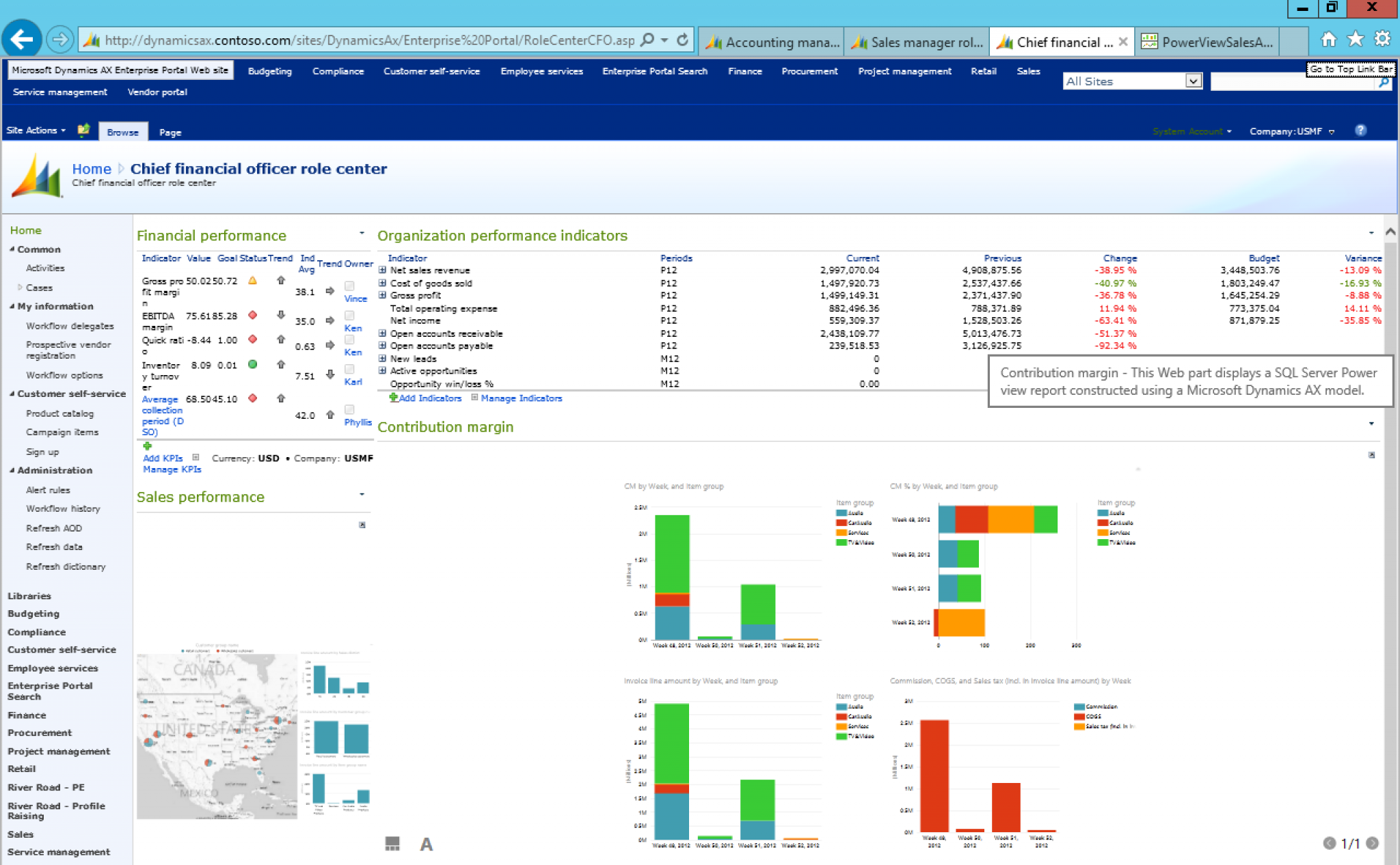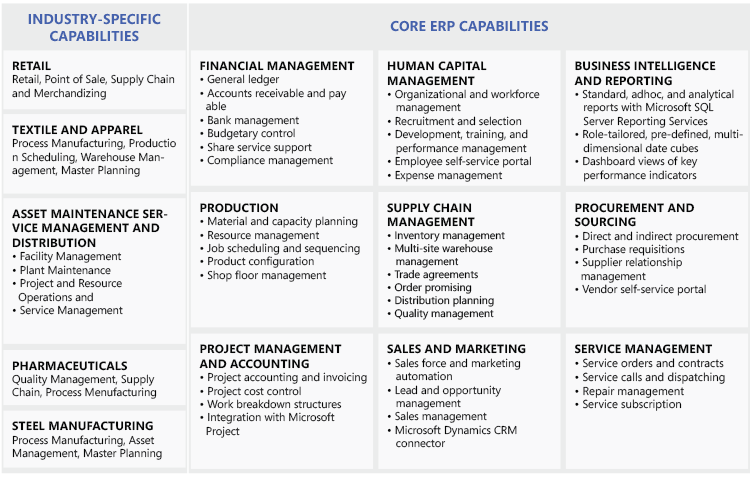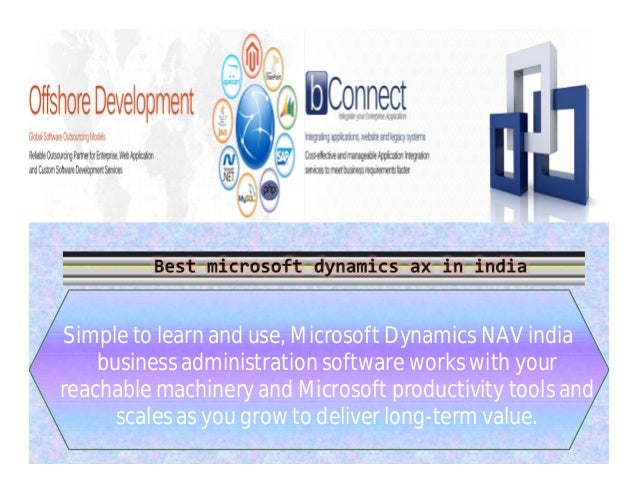

In the past, you would be solely responsible for the integrity and security of your servers. Once you move to Business Central, a software as a service (SaaS) platform, many responsibilities shift to Microsoft, freeing up your team to direct their time for other activities. With an on-premise software solution, you are personally responsible for everything from hardware and infrastructure maintenance to patches and operating system compatibilities. Cost savings truly come into play when you consider infrastructure, maintenance, hardware, and IT resources. This makes scaling up or down much easier than with on-premise solutions. Licensing costs are more predictable, and you pay for the number of users you need at any given time. With Business Central, you no longer have to pay the high upfront cost of purchasing the software, you only pay for the licenses that you need. That increased the annual enhancement charge.

As a company grew, they would have to continue to purchase additional licenses when more users were needed. Traditionally, on-premise systems like Dynamics NAV incurred a one-time fee to purchase the software and then an annual enhancement charge each year based on the original purchase price. When comparing the cost difference between on-premise software solutions like Dynamics NAV or Dynamics GP to Dynamics 365, there are three factors that come into play. Dynamics 365 Business Central is one such system that offers a modern user experience, additional functionality, apps, and business insights – but how much does it cost? Traditional on-premise, siloed systems are being replaced by robust, connected platforms that live in the cloud. Over the past decade, ERP software has evolved at a faster rate than ever before.

Architecture, Engineering and Construction (AEC).International Microsoft Dynamics Partners.National Microsoft Dynamics ERP Partners.Regional Microsoft Dynamics ERP Partners.


 0 kommentar(er)
0 kommentar(er)
